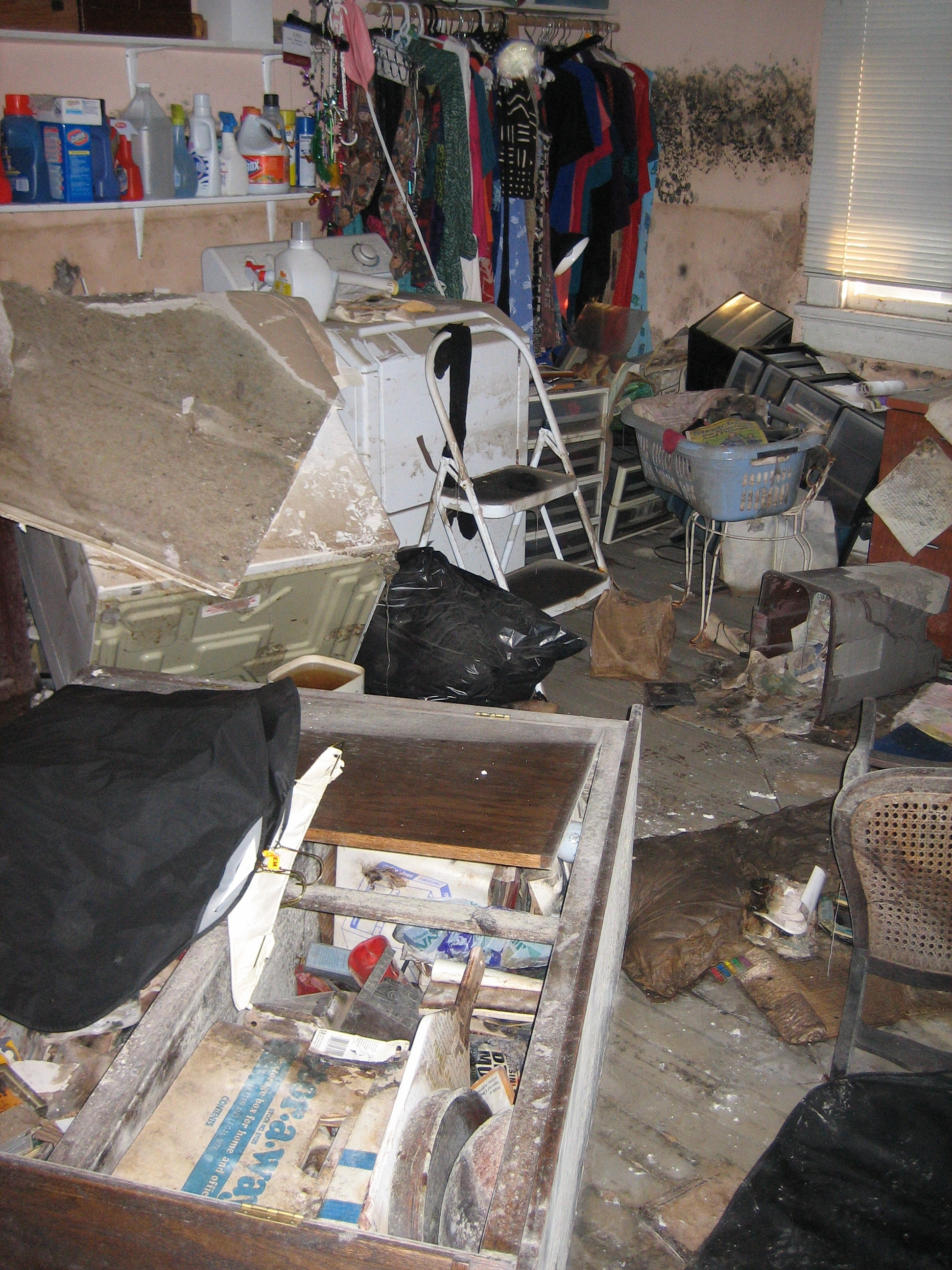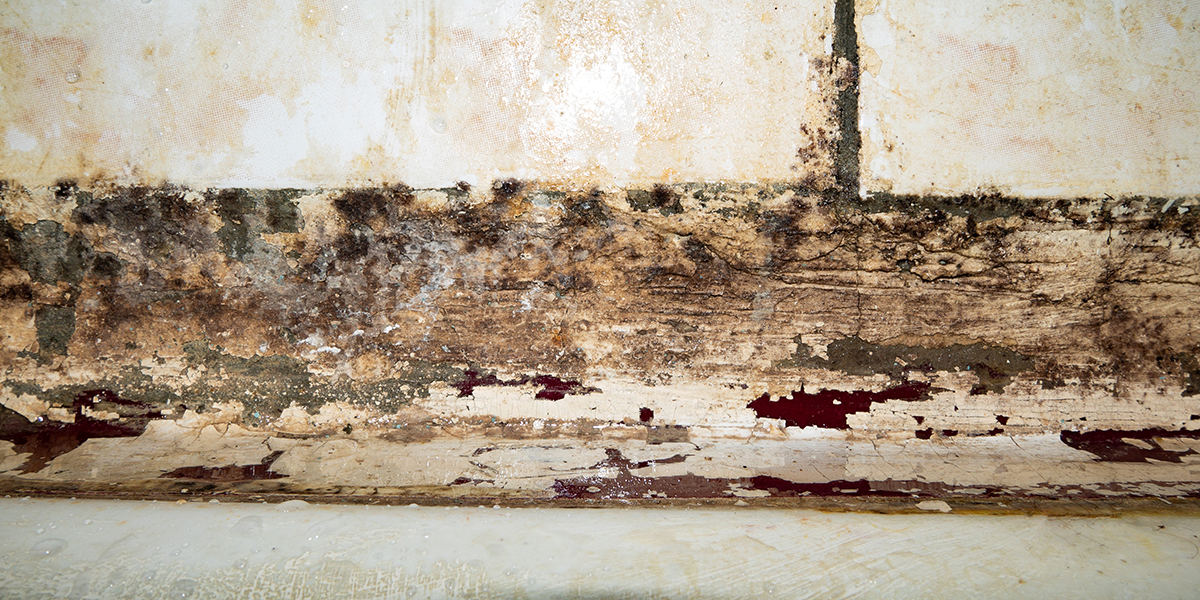The Process of Water Damage Cleaning: Guaranteeing Your Home Is Restored Successfully
Water damages can be a daunting challenge for property owners, demanding a careful and organized cleanup process to bring back safety and security and performance. damage restoration services. Following this, effective water removal methods play a pivotal function in mitigating further damage.
Evaluating the Damages
Upon finding water damages, the primary step is to thoroughly evaluate the degree of the influence. This preliminary examination is essential, as it aids figure out the needed steps for efficient clean-up and repair. Begin by examining the affected locations, including walls, ceilings, floors, and individual belongings, to recognize the resource of the water invasion, whether from flooding, leakages, or condensation.
Documenting the damages is vital for both insurance coverage claims and intending remediation initiatives - damage restoration services. Usage photographs and created notes to record the seriousness of the damage, noting any type of afflicted architectural elements and products. Pay unique interest to locations that may not be instantly noticeable, such as behind walls and under rugs, as concealed moisture can cause more problems, including mold and mildew growth
Additionally, examine the timeline of the water exposure. The longer the products remain damp, the higher the capacity for damages. Recognizing the duration of direct exposure will certainly inform the seriousness of remediation efforts. Inevitably, an extensive assessment prepares for a successful water damages clean-up process, ensuring that all impacted locations are addressed successfully and thoroughly.
Water Removal Strategies

Specialists generally use completely submersible pumps for bigger volumes of water, which can promptly minimize flooding in basements or other impacted areas. For smaller amounts, wet/dry vacuums are often utilized to remove recurring moisture from carpets and hard surfaces. Additionally, using portable extractors enables targeted elimination in constrained spaces or areas with delicate materials.
In instances of contaminated water, such as sewage or floodwater, progressed removal methods may involve the use of biohazard devices to make certain safety and security and compliance with health and wellness laws. High-powered extraction devices are vital in minimizing water retention in architectural materials, which can cause mold and mildew growth and structural wear and tear otherwise addressed immediately.
Eventually, the efficiency of water removal strategies plays a crucial duty in the general success of the water damages cleaning process, laying the groundwork for subsequent reconstruction initiatives.
Drying and Dehumidification
As soon as standing water has been efficiently drawn out, the next vital phase in the water damages clean-up procedure is drying and dehumidification. This action is vital to protect against more damages and mold and mildew development, which can take place within 24 to two days in damp settings.
To accomplish reliable drying out, specific equipment such as industrial-grade air moving companies and dehumidifiers is employed. Air moving companies distribute air across wet surface areas, improving evaporation rates, while dehumidifiers decrease humidity levels airborne, advertising a conducive setting for drying out. The combination of these devices makes certain that moisture is extracted from floors, walls, and furnishings, permitting them to completely dry extensively.
It is necessary to keep an eye on the drying out procedure very closely. Specialists frequently utilize wetness meters to assess the moisture content in various products, making sure that all affected areas reach acceptable dryness levels. This careful strategy assists to avoid surprise moisture pockets that could bring about architectural damages or unhealthy mold and mildew growth.

Cleaning and Sterilizing
After the drying and dehumidification phase is full, the following essential action in water damages cleanup is cleaning and sterilizing the impacted areas. This process is critical to avoid the development of mold and mildew, microorganisms, and other microorganisms that prosper in moist atmospheres.
The cleansing stage generally entails getting rid of any debris, dust, and impurities from surfaces using specialized cleaning representatives. For hard surfaces, a mix of soap and water or industrial cleansing items is usually employed. Soft products, such as upholstery and carpetings, might require extra comprehensive cleaning methods, consisting of vapor cleansing or deep removal techniques, to guarantee complete hygiene.

Disinfecting complies with cleansing, making use of EPA-approved disinfectants to remove unsafe microorganisms. This action is crucial, particularly in locations that may have come right into contact with floodwaters or sewage, as these resources can position severe wellness dangers.
Additionally, it is essential to attend to any type of read here continuing to be odors, which might require using smell neutralizers or innovative strategies like ozone treatment. Proper cleaning and disinfecting not just bring back the safety and security and hygiene of your home yet also prepared for effective remediation and fixings in succeeding phases of the water damages clean-up procedure.
Reconstruction and Repair Services

Once the analysis is full, restoration initiatives can begin. In addition, flooring might require similar interest, depending on the degree of water direct exposure.
It is essential to engage skilled repair experts during this process, as they possess the expertise to manage complicated repair services efficiently. Furthermore, they can help mitigate possible future problems, such as mold development or structural instability, hence making sure a risk-free and habitable living atmosphere. Ultimately, reliable reconstruction and repair work restore the home's integrity and boost its total worth.
Verdict
In final thought, the procedure of water damages cleanup is essential for bring back a home to its pre-damage condition. Each stage, from evaluating read the article the damages to carrying out effective water removal strategies, complied with by thorough drying, disinfecting, and necessary repair services, plays an important function in making certain safety and compliance with structure criteria. Effective execution of these actions not only alleviates prompt damage but additionally boosts the long-term stability and worth of the building.
Water damage can be an overwhelming challenge for property owners, requiring a organized and precise cleanup process to recover safety and functionality. Ultimately, a detailed analysis lays the groundwork for a successful water damage clean-up process, guaranteeing that all affected areas are dealt with successfully and completely.
Effective water extraction techniques are essential in reducing damage and sewage damage protecting against more difficulties complying with a water invasion event.In verdict, the procedure of water damage cleaning is important for bring back a home to its pre-damage condition. Each stage, from analyzing the damages to carrying out effective water removal methods, followed by comprehensive drying, sanitizing, and essential repair services, plays a vital role in making certain security and compliance with structure standards.